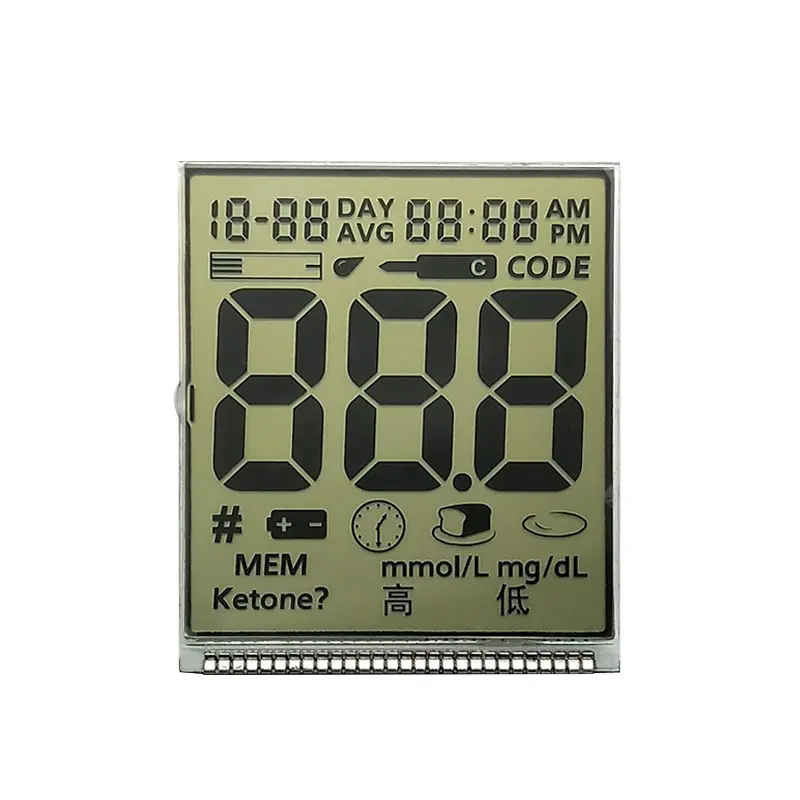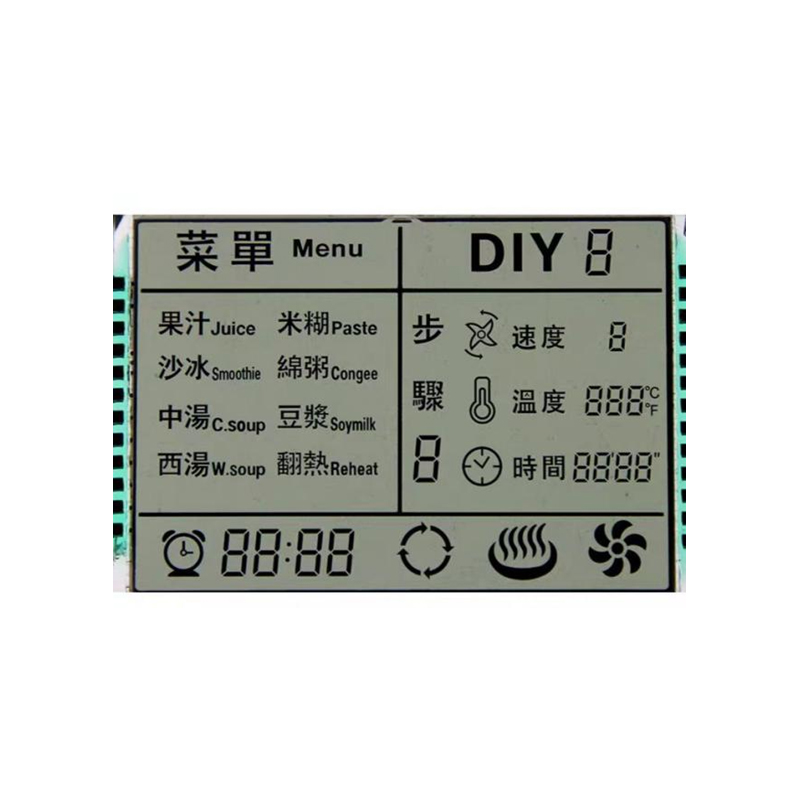
Selecting the right Arduino TFT display I2C can significantly impact your project's success. This guide meticulously examines top-performing displays, considering factors crucial for both beginners and experienced makers. We'll cover key features, pros and cons, and provide recommendations based on various project needs. Learn how to seamlessly integrate a high-quality display into your Arduino projects, enhancing user interaction and data visualization.
Before diving into specific display models, it's essential to understand the advantages of I2C communication. I2C (Inter-Integrated Circuit) is a two-wire serial communication protocol, making it ideal for connecting multiple peripherals to a microcontroller like the Arduino. Its simplicity reduces the number of pins required on your Arduino, allowing for more efficient circuit design. The I2C protocol uses two lines: SDA (Serial Data) and SCL (Serial Clock). This streamlined approach makes it a popular choice for connecting Arduino TFT displays and other peripherals.
The market offers a wide variety of Arduino TFT displays I2C. This section compares some of the most popular and reliable options, focusing on key specifications and features. Remember that the best display depends entirely on your specific project requirements.
| Display Model | Resolution | Color Depth | Touchscreen | Pros | Cons |
|---|---|---|---|---|---|
| ILI9341 based displays (many variations) | 320x240, 240x320 (common) | 16-bit (65k colors) | Optional (often sold separately) | Widely available, cost-effective, good libraries | Resolution can be limiting for some projects |
| ST7735 based displays | 128x160, 128x128 (common) | 16-bit (65k colors) | Often available with integrated touchscreen | Compact size, low power consumption | Smaller resolution compared to ILI9341 |
| Other displays (e.g., using controllers like SSD1331, ILI9486) | Varies widely | Varies widely | Availability varies | Potential for higher resolution or specialized features | Library support may be less comprehensive |
Note: Specifications can vary between manufacturers. Always check the datasheet for your specific display.
Consider these factors when selecting a best Arduino TFT display I2C:
Resolution determines the level of detail your display can show. Larger resolutions allow for more information to be displayed, but they may require more processing power from your Arduino. Consider the space constraints of your project and the amount of information you need to present.
Color depth refers to the number of bits used to represent each pixel's color. Higher color depths (e.g., 16-bit) result in smoother color gradients and a more visually appealing display, but may also increase memory requirements.
A touchscreen adds interactivity to your project, enabling direct user input. Touchscreen displays often have higher costs but significantly improve user experience.
Ensure that a suitable Arduino library is available for your chosen display controller. Good library support simplifies the programming process and speeds up development.
For battery-powered projects, consider the display's power consumption. Lower power consumption extends battery life.
Once you've chosen your Arduino TFT display I2C, you'll need to connect it to your Arduino board and install the necessary libraries. Refer to the display's datasheet and library documentation for detailed wiring instructions and code examples. Most libraries provide simple functions for displaying text, images, and other graphical elements.
Selecting the ideal Arduino TFT display I2C depends largely on the specifics of your project. By carefully considering resolution, color depth, touchscreen functionality, and library support, you can make an informed choice that enhances your project’s capabilities and user experience. Remember to always consult the datasheet of your chosen display for accurate information and wiring diagrams. For high-quality LCD displays and modules, consider exploring the options available at Dalian Eastern Display Co., Ltd. Their expertise in the field can be invaluable to your project's success.












